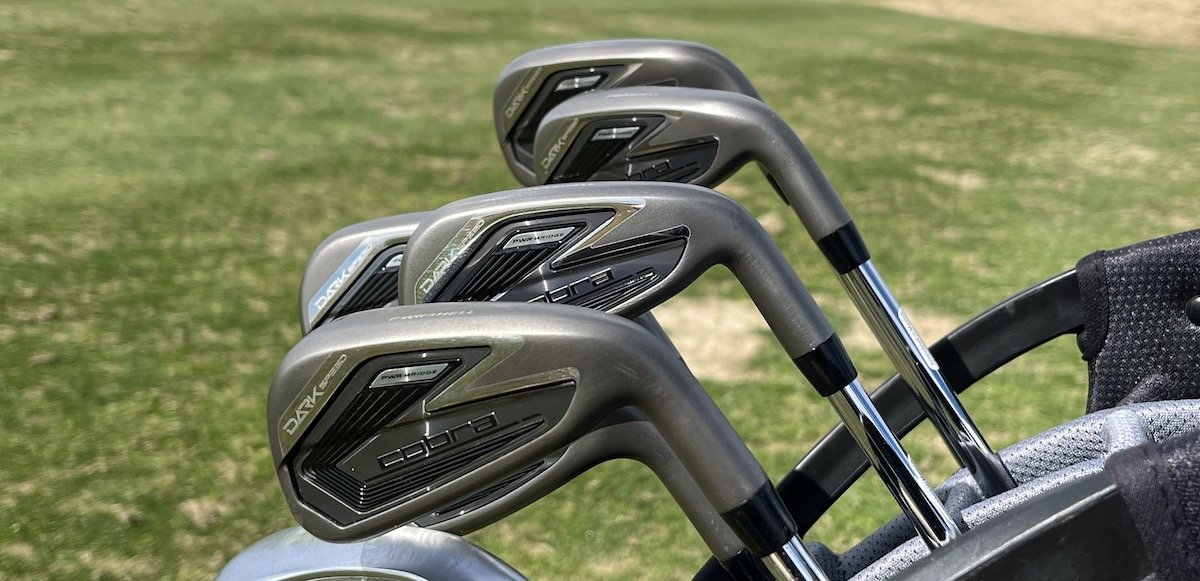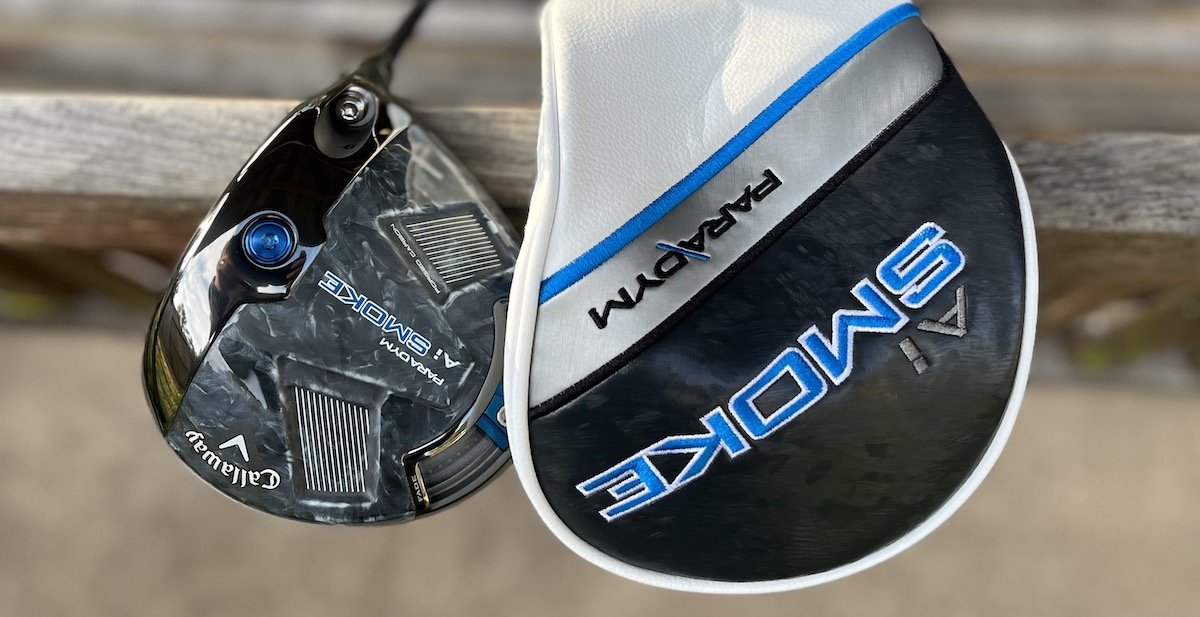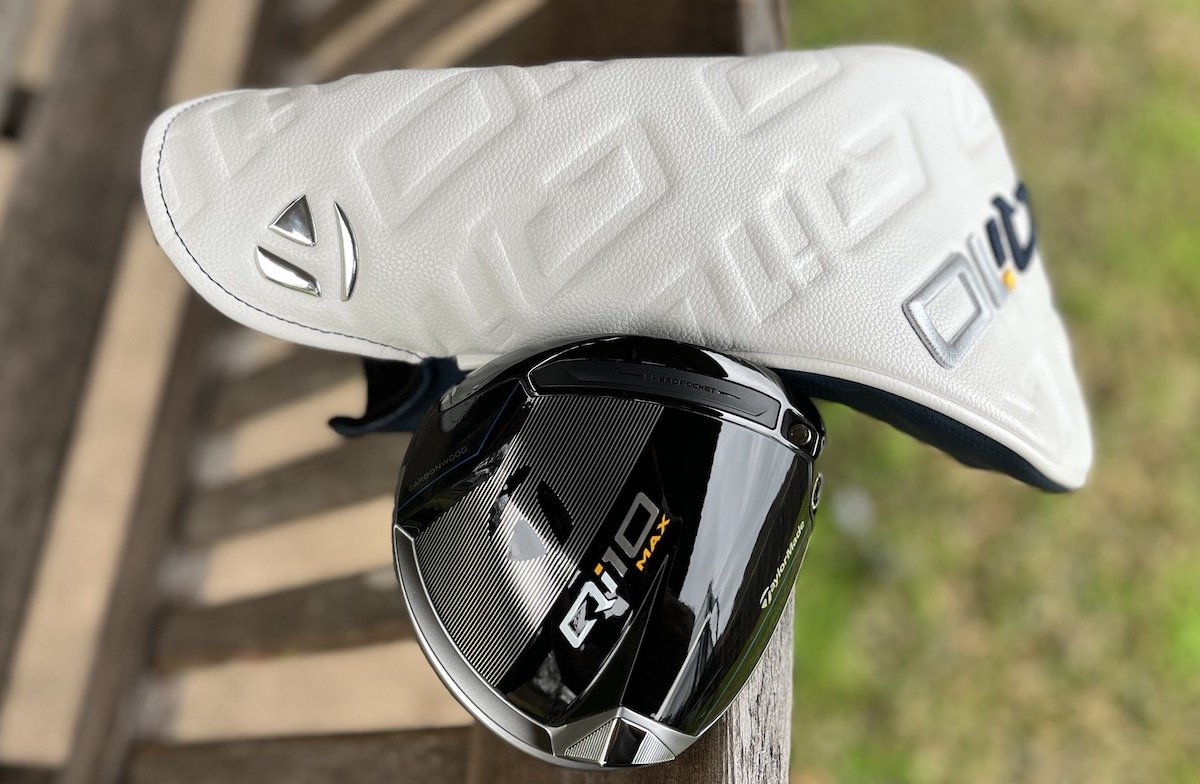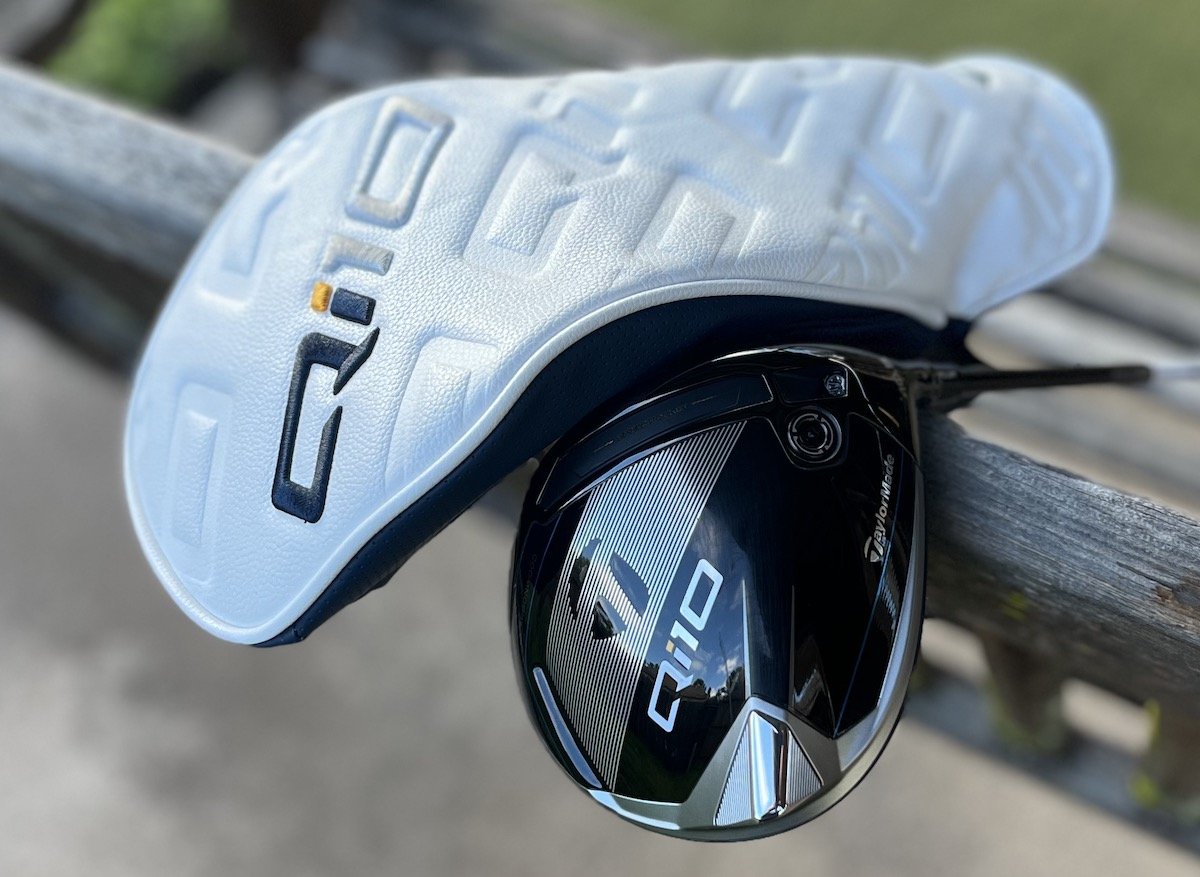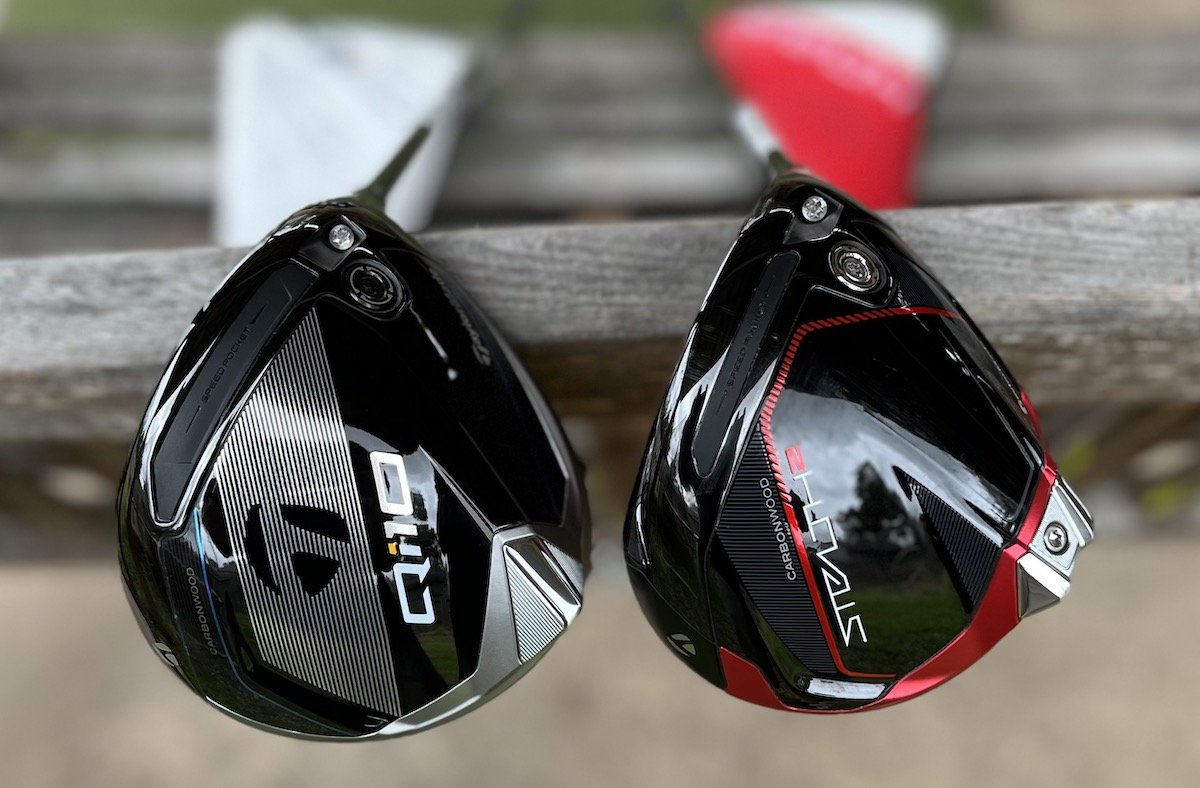Unlock the secrets of Aimpoint Putting with Golfer Geeks’ quick guide to Aimpoint Express.
Imagine a fail-safe method for sinking putts – a system backed by undeniable evidence that exposes the pitfalls of relying solely on your eyes for reading putts. Why not adopt the proven tool used by the pros?
With 30 years of golf experience, including playing at the college and professional levels, coaching, and teaching as an LPGA Professional, I’ve witnessed the evolution of the AimPoint putting system.
Say goodbye to putting mysteries and tap into a tour-proven advantage on the greens with AimPoint.
How Many Tour Pros Use AimPoint Express to Putt?
Many PGA and LPGA tour pros use Aimpoint: Jordan Speith, Stacey Lewis, and Dustin Johnson have used AimPoint. Lydia Ko and Brooks Koepka have also used it. (to name a few)
- The AimPoint website says that AimPoint is used by 300 instructors, 200 Touring Professionals, 5,000 Junior golfers, and 75,000 Amateur golfers.
Many PGA and LPGA Tour caddies are trained in AimPoint, helping them read putts to benefit their player under pressure. Caddies can get certified in AimPoint putting as well.
How was AimPoint Putting developed?
Mark Sweeney invented AimPoint in 2003. It’s an Emmy Award-winning software program that predicts the break on putting greens. Television broadcasts adopted it for use during PGA and LPGA Tournaments. Mr. Sweeney, a professional golfer, also had a degree from the Wharton School of Business.
Over time, AimPoint evolved from a technology into a green reading book. Now, it is used as the AimPoint Express green reading method; no book is needed.
AimPoint Express Putting: The Basics
Completing this process outlined below will make you fluent in AimPoint, and your putting will never be the same.
Before I begin, What do I need?
The first step is to understand the slope on the green. For this step, you will need a level (from any hardware store or online) that measures in %.
- Bring 3×5 notecards and a pen with golf tees if you want to go the extra mile. Make sure the practice green you are on has a slope in different parts on it.
I recommend you begin with putts anywhere from 6′ to 15′ in length. Find putts that break left to right as well as right to left.
Our first task was to measure the slope on the green that causes the ball to break in a particular direction.
How do you correlate the slope of the green with a number?
Place the level along the side of a slope (about halfway between your ball and the hole, straddling the line) and measure the slope.
Tip: make sure you are using % and not degrees to measure this.
Let’s say the level reads 2%. Then, write “2” on your notecard and stick it into the ground using your tee.
How Do I Practice Learning to See & Feel the Correct Slope?
Move around the green and use your system to mark different amounts of slopes. If you can find 1%, 2%, 3%, and 4% to mark- this is a perfect start.
- Sometimes it helps to close your eyes to feel the difference between each percent of a slope.
You can tell the difference between the 1% and 4% slopes pretty easily. But you’ll have to practice more to sense a 1% difference, like between 2% and 3%. (Take the time to stand and feel the different slope changes with your feet)
Why is this part so Important?
Feeling the slope with your feet is the primary skill of AimPoint.
So, there’s no getting around it; you’ve got to train your body and feet to feel the correct slope.
Even skilled AimPoint users continually practice sensing gentle slopes under their feet.
I was fortunate enough to have coached a team of AimPoint-ers, and we would play a game in which we would guess the % and then double-check it with the level. This was a fun exercise that kept the feeling in the feet fresh!
What does that % number mean in AimPoint?
Why do you need to be able to feel the ground with your feet? This % matches the number of fingers you will hold up to determine your Aim Point.
How close should you hold your hand up to your body?
You want about 45 degrees of elbow bend on a relatively flat putt. For downhill putts, move your fingers slightly toward your face. For uphill putts, move your hand closer to the hole.
This automatically adjusts the line, taking the hill into account.
Linear/ Non-linear Putters Take Note
There are some tips to personalize your AimPoint experience based on how your eyes see the line of your putt. This can be defined as linear and non-linear putters. (Shout-out to PGA Instructor Mike Shannon for developing this concept)
Linear putters – see a straight line to a point when you look at your putt.
Non-linear putters – see a curved line that ends at the hole when reading the putt.
AimPoint works with however you naturally see breaks in putts.
Do you know if you are linear or non-linear?
What you need:
A friend, a 10’ breaking putt (for this example- pick a right to left breaking putt), a golf ball, and a tee.
Steps:
- Pick a breaking putt and practice making it a few times.
- Place a tee in the ground to the right of the hole where you are aiming – this is your target.
- After getting set up and ready to putt, have your friend hold the putter as you walk behind the ball.
Is the putter face aiming directly at your tee(target)? Or is it aimed significantly to the right?
A linear putter will naturally aim their putter face directly at the target.
A non-linear putter will naturally aim their putter face ‘outside’ their target line as they see the ball breaking towards the target.
What does the AimPoint Express process look like on the course?
You are on the course and looking at your putt.
- Stand halfway between the hole and your ball.
- Position your feet on either side of the putt line to sense the slope.
Because you’ve practiced feeling the slope with your feet, you feel a 2% slope from right to left.
When you’re ready to putt, stand right behind the ball and line up your fingers with the right edge of the cup (fingernails towards the cup, palm towards your face). Have a slight bend in your right arm as you do this.
- Holding up two fingers because you felt a 2% slope.
- Aim for the point on the ground that lines up with the outside of your middle finger when raised.
- To make the putt, aim towards the point and adjust the speed to allow for the break.
How can AimPoint Putting Increase Confidence?
Have you ever hit a putt with pure confidence in your read of the line? It is a good feeling?
Instead of standing over the ball, second-guessing how much break you see, AimPoint gives you a method to trust.
Tuning your feet into the slopes on the green also helps increase your feel. It is eye-opening after a few practice sessions of ‘measuring’ the slope percentage with the bottoms of your feet.
Having one less thing to worry about over the ball makes a difference. Knowing which line to start your putt on and seeing it in your mind entering the hole with perfect speed increases your chances of making that putt. Your mind does not know the difference between that image and watching you sink the putt.
Potential Downsides to AimPoint Express Putting
Only two come to mind:
- You may be a little self-conscious initially, though less these days because of AimPoint’s popularity.
- Pace of play. It’s going to take time for you to get good at this. You’ll get better the more you practice it…So, practice.
Where to find a certified AimPoint instructor?
To learn more, work with an AimPoint-certified Teaching Professional. Here is the certified Aim Point Instructors link near you: https://aimpointgolf.com/findInstructor. Aim Point also holds clinics to teach the system to larger groups of golfers: https://aimpointgolf.com/findClinics.
From my research and experience, a 1-2 hour AimPoint lesson will cost anywhere from $100-$350 depending on the instructor and if it is a personal lesson or a clinic.
If you want to learn AimPoint putting first-hand, working with a certified Professional is the best way. The AimPoint website also has helpful videos and instructions if you need help to make a clinic or lesson.



